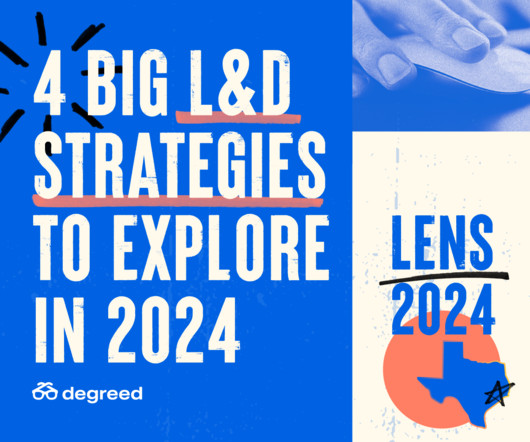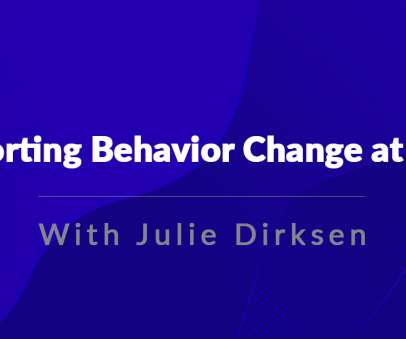Training vs. Learning: How Are They Different?
eLearningMind
OCTOBER 11, 2022
Bloom’s taxonomy divides the learning process into six levels of cognitive processes that the student goes through when learning. The six levels are knowledge, comprehension, application, analysis, synthesis, and evaluation. His taxonomy has been developed and built on extensively since he published it in 1956.






























Let's personalize your content